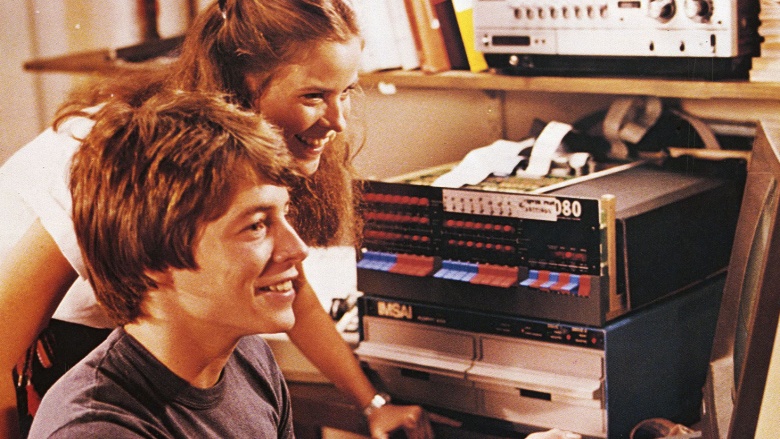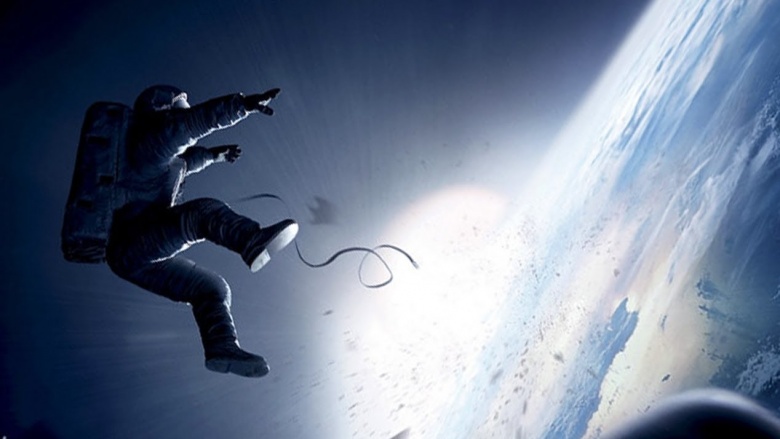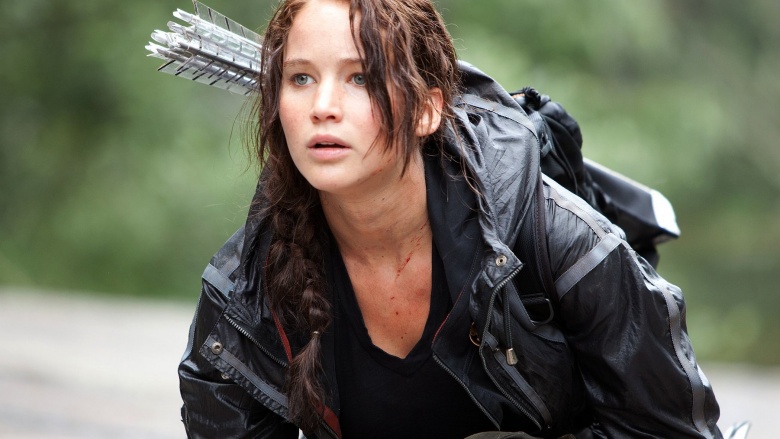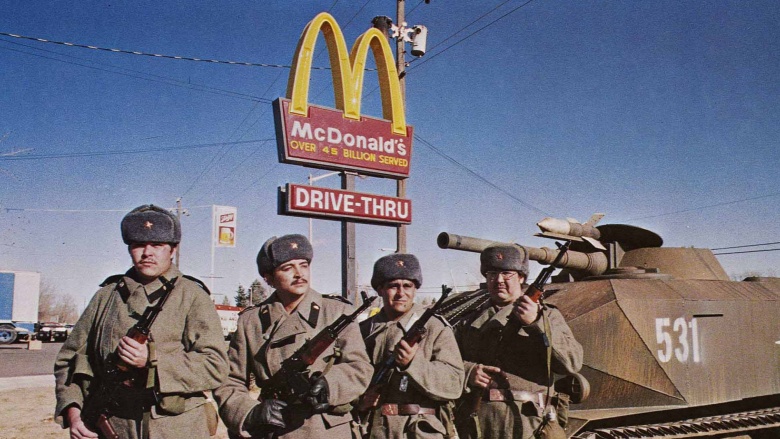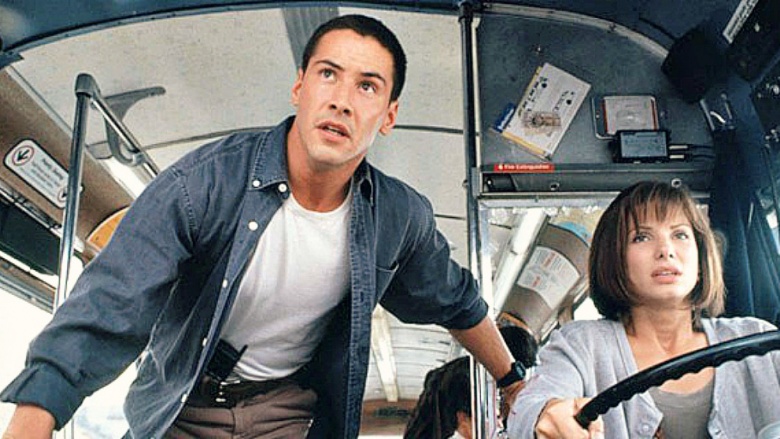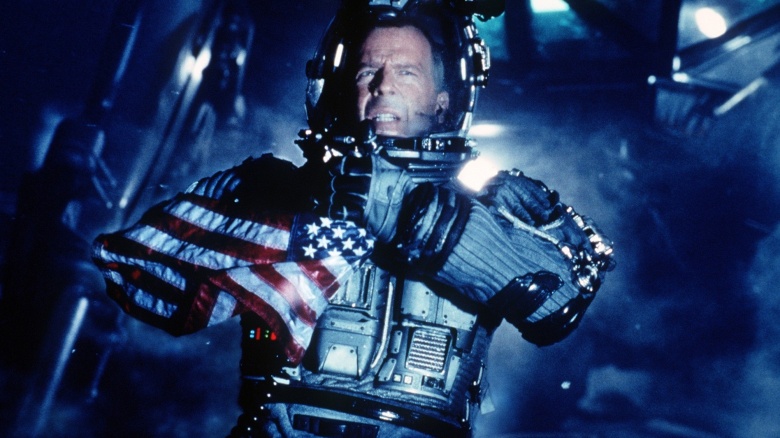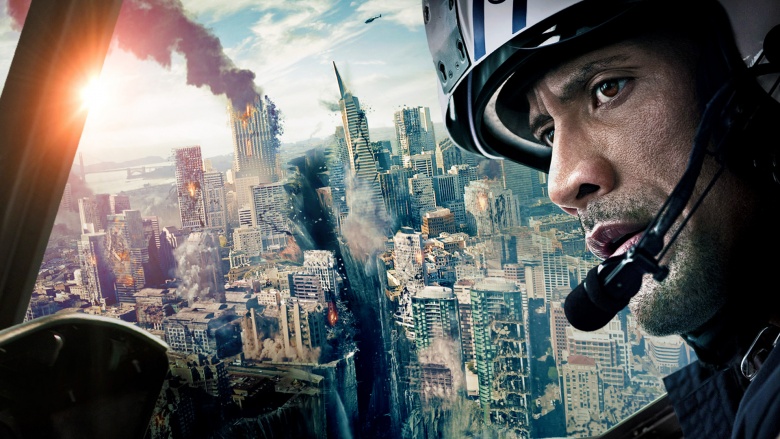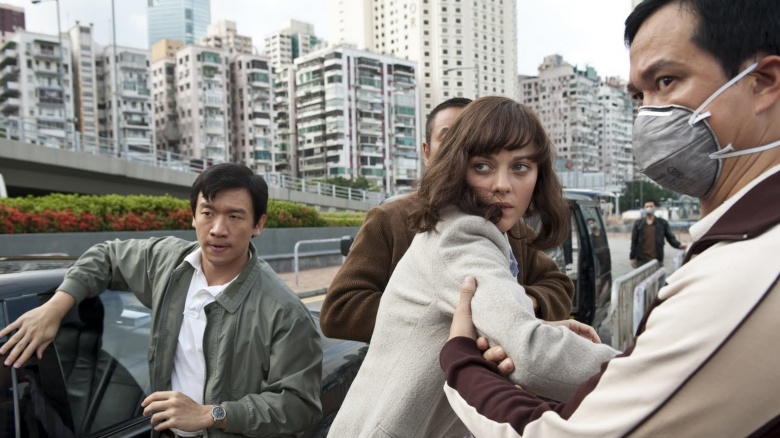Scary Movie Concepts That Could Totally Happen In Real Life
Movies are supposed to be exciting, escapist, flashy entertainment that whisks us away to another dimension and helps us forget about our problems for a couple of hours. (Well, not documentaries—those exist to bum everybody out and remind the world how awful of a place it is.) Also not doing such a good job of make-believe are a great number of ostensibly fictional narrative films that reflect real life...some of them through terrible scenarios that may be more accurate than we realize. Here are some movies whose stories could someday end up coming true.
WarGames (1983)
WarGames was one of the first mainstream movies about personal computers, as well as one of the first to address the fears and dangers associated with the then-emerging technology. Matthew Broderick played a teenager who accidentally triggered an international incident when he used his PC to inadvertently break into a military supercomputer—all while believing he'd hacked into a game developer to play a cool new title called "Global Thermonuclear War." More than 30 years have passed since WarGames was released, and computers are exponentially more commonplace today. People like Edward Snowden and Julian Assange have already used their computer skills to expose damaging information hidden away by governments. Some enterprising hacker could easily pull a WarGames and get into some national security agency's computers, guess the launch codes, and let the missiles fly.
Gravity (2013)
Working in space is very delicate, and one false move can lead to death or dstruction, as terrifyingly presented in the Oscar-winning Sandra Bullock drama about an astronaut who miraculously goes from lost in space to safe back home on Earth. NASA's history is riddled with accidents, so the risk of something going wrong is very high. But astronauts are so smart and so incredibly well trained that the possibility of one of them surviving such an event is almost as assured.
The Hunger Games (2012)
Suzanne Collins was inspired to write the Hunger Games book series, about a future dystopian America in which children and teenagers fight to the death as punishment for a generations-prior attempt to overthrow the fascistic government, by two very real events. The idea for the books came to the former TV writer while she was flipping back and forth between reality shows and coverage of the first days of the U.S.-led invasion of Iraq in 2003. The very young men and women fighting combined with the made-for-TV drama of shows like Survivor made Collins think about the possibility that the desire for more realistic, higher-stakes reality TV shows could very well dovetail with, or be a punishment for those on the wrong side of, political unrest—which has been very public recently, both in the U.S. and around the world.
Red Dawn (1984)
The original Red Dawn played on Cold War fears of a sudden invasion of Communist soldiers from the Soviet Union and Cuba—albeit not terribly realistically. The movie's invasion took place in the Midwest rather than a far more likely coastal area or major city, and it was fought off by teenagers. The 2012 recent remake updated the premise for a more current political climate, and had teens fighting off a group of North Koreans. While it's unlikely that a Communist invasion of the U.S. is on the horizon—the Soviet Union dissolved in 1991 and relations with Cuba have normalized—North Korea remains a threat to the U.S. On the other hand, that country's leaders seem a bit more preoccupied with lobbing missiles from far away instead of sending in foot soldiers.
Speed (1994)
It's an incredibly high-concept, if specific, premise for a movie, but Speed is so engrossing because the stakes are very high and simply stated: If the bus's speed ever drops to below 50 miles per hour, it will trigger a bomb that will blow up the bus (and everyone on it). Improvised explosive devices (I.E.D.'s) and homemade bombs are sadly common in the news these days. It's frighteningly plausible that a particularly smart criminal or terrorist could figure out a way to rig up a bomb to a vehicle's computer system or accelerator that would electronically set off a detonator when its speed reached a certain point.
Armageddon (1998)
Armageddon (as well as its summer-of-'98 movie twin, Deep Impact) is about a massive asteroid on a mass-extinction-triggering collision course with Earth. Not only could as asteroid (or a meteor, or some other space rock) hit the planet, but it happens all the time. Somewhere between 37,000 and 78,000 tons of space stuff strikes Earth each year. It's just that it's usually very, very small, or it breaks up into tiny pieces while passing through the Earth's atmopshere. But odds are, at some point, one of those asteroids or meteors is going to be huge. Humans can do a lot of things—we've invented the telephone and frozen yogurt, for example—but one thing we can't very easily do is divert asteroids. That could mean that if a space rock threatens Earth, humanity may have to resort to some crafty solutions—like, say, sending a team of crusty, blue-collar workers onto the asteroid to blow it up.
San Andreas (2015)
San Andreas imagines what it would be like if a massive earthquake hit Los Angeles. In addition to all the usual disaster movie chaos and destruction, there's at least a bit of realism—the movie gets its name from the seismic fault line that runs through almost the entirety of California. If that thing shakes, the state is going down, and seismologists have predicted that the West Coast will in all probability be one day completely devastated by a massive earthquake. (Even bigger than the ones that hit San Francisco in 1906 and 1989, and Los Angeles in 1994.)
Contagion (2011)
The threat of a super-virus wiping out all (or at least a major chunk) of humanity is as constant a fear in real life as it is a premise of movies and TV shows. Avian flu, swine flu, SARS, Ebola, and the Zika virus are all recent panics that sent the world scrambling for bug repellent, face masks, and hand sanitizer. The dramatization of an epidemic, such as in Contagion or Outbreak (or The Walking Dead), only makes the real-life threat of rampant disease scarier.
Home Alone (1990)
What with the pressures of work, maintaining a household, and raising kids, parents are constantly pulled in a lot of different directions. Once in a while, something is bound to fall through the cracks. This is to say that it's remarkable there aren't more news reports about a flustered parent accidentally leaving their kid home while they go on vacation. And burglaries are commonplace, so it stands to reason that at some point the two will dovetail. This means some poor kid will be stuck in a real-life Home Alone situation, with his or her parents far away and a couple of thugs trying to break into his house.
Footloose (1984)
The U.S. is a huge country with many different kinds of people. Some areas are both very religious and socially conservative. The Southern Baptist church is a major force in the southeast, and while church leadership doesn't have an official stance on dancing, it leaves it to each individual congregation to determine for itself whether dancing is allowed at public events. Historically, many Baptist-affiliated churches have banned dancing, as its gyrations can often be construed as highly sexual. In other words, there are towns in the U.S. right now where, if the majority of the population were members of an anti-dance church, the local government could very easily pass legislation to outlaw dancing entirely—just like in Footloose.

